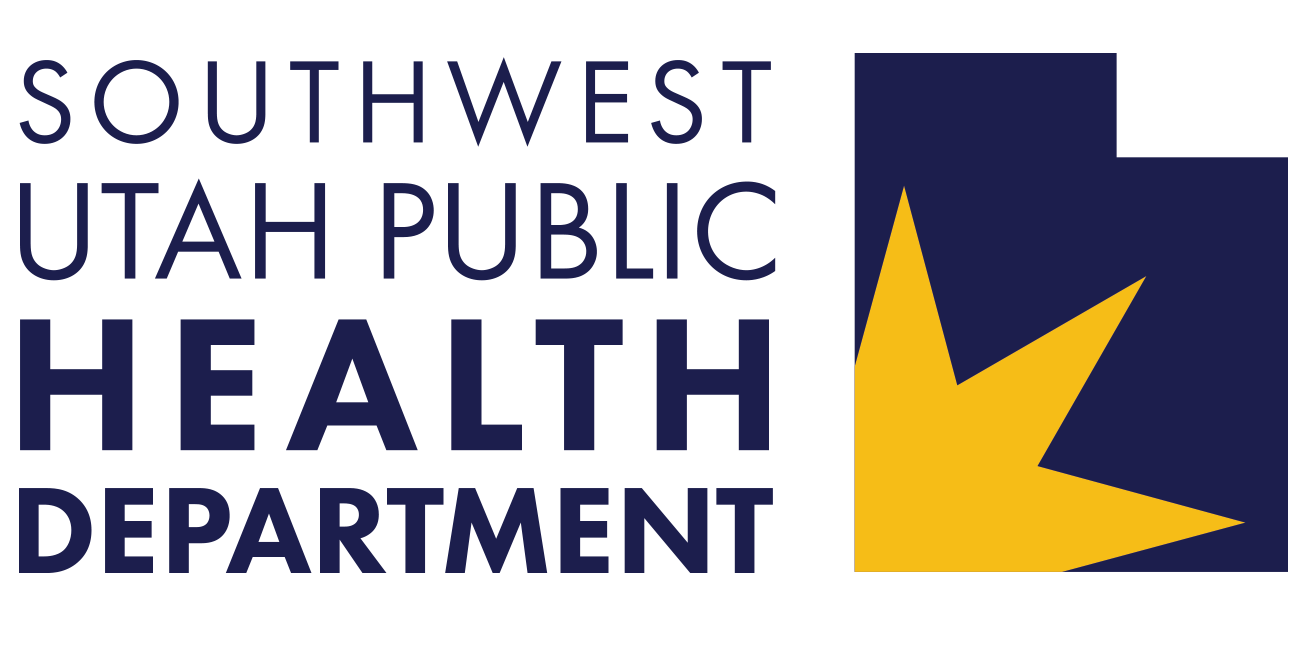In 1885, a young research assistant named Theobald Smith isolated a new species of bacteria. After two years of investigation, he was sure he had found the cause of hog cholera, a highly contagious disease that was deadly to pigs.
It turns out he was wrong; hog cholera was caused by a virus. The bacteria he discovered was actually a common culprit of gastrointestinal illness in humans. Since Theobald was just an assistant at the time, the honor of having this important find named after him went instead to Daniel Salmon, his supervisor at the US Bureau of Animal Industry.
Smith went on to become a highly respected epidemiologist; Salmon developed public health programs dealing with cattle and meat, and Salmonella has continued to afflict millions of people worldwide with nausea, diarrhea, vomiting, and worse.
There are over 2,500 Salmonella subtypes, including some that cause the bacterial infection known as salmonellosis. The bacteria lives in human and animal intestines and exist in feces. We get it by swallowing contaminated meat, eggs, milk, water, produce, and other foods, especially if raw, undercooked, or unpasteurized. It also spreads hand-to-mouth after handling animals and pets (which can carry salmonella without being sick), and contact with infected people or surfaces.
It takes anywhere from 6 hours to 6 days to get sick after exposure. The most common symptoms of salmonellosis are watery diarrhea and stomach cramps. Nausea, vomiting, fever, aches, and loss of appetite can also occur.
Most people recover within a week, although they can still shed the bacteria for days afterwards. Some people, especially small children, can remain infectious for weeks or months; that’s why it’s important to ensure good hygiene habits during and after illness.
Contact a healthcare provider if diarrhea or vomiting lasts more than two days, a fever gets higher than 102°, dehydration occurs, or there is lasting joint pain. Salmonellosis can be prevented by thorough hand washing, safely preparing and storing food, and being mindful while swimming, traveling, and playing with animals.
INTERESTING FACTS
- Recent Salmonella outbreaks in the US have been linked to cucumbers, frozen bean sprouts, eggs, cantaloupe, diced onions, tomatoes, peanut butter, flour, backyard chickens, and geckos.
- Salmonella infections are more common in summer, due to warm weather and unrefrigerated foods. Promptly refrigerate perishables!
- At least 1 out of every 25 packages of chicken at the store is contaminated with Salmonella. Keep raw meats separate from other foods and cook to 165°F.
- Salmonella can survive freezing temperatures.
- It’s estimated that there are 30 undiagnosed cases of salmonellosis for every 1 that is confirmed by testing. Most people recover at home with rest and rehydration.
- The US has about 1.3 million salmonellosis cases, 26,000 hospitalizations, and 420 deaths annually. It is the 2nd leading cause of food poisoning in the US after norovirus.
- Finland, Sweden, & Norway have very low rates of Salmonella disease, thanks to exceptional food chain monitoring.
- Typhoid fever is caused by certain Salmonella subtypes. Most typhoid cases in the US come from travelers returning from South Asia.
- An estimated 100,000 cases of salmonellosis were prevented annually in the US after a 1975 ban on the sale of turtles with shells under 4 inches in diameter. Smaller turtles were too easy for children to put in their mouths.
This article originally appeared in the Fall 2025 issue of HEALTH Magazine.






